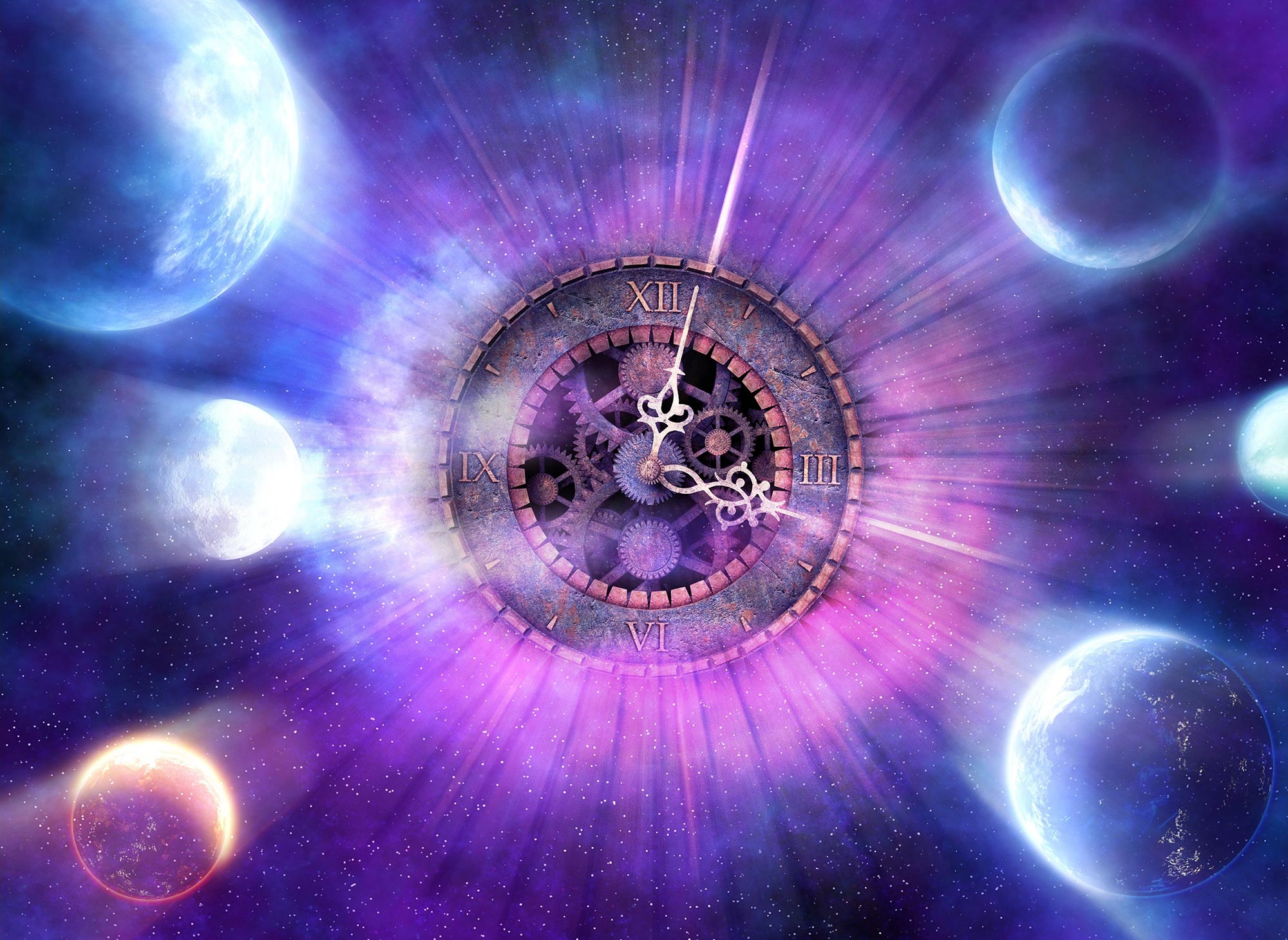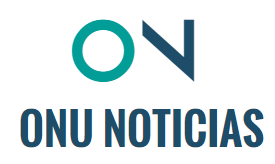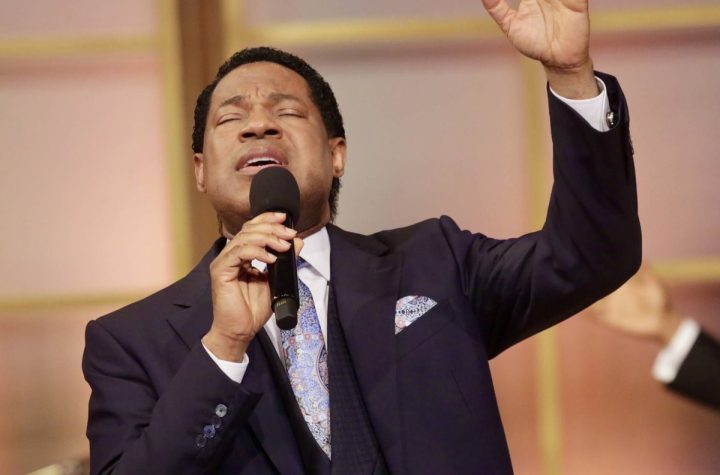
Cómo la pandemia y el aislamiento social han cambiado la forma en que percibimos el paso del tiempo.
En las primeras etapas de la pandemia, la mayoría de las personas confinadas en sus hogares dijeron que sentían que el tiempo pasaba más lento y que, como resultado, se sentían solos.
Según un reportaje de la revista la ciencia avanza, los[{” attribute=””>COVID-19 pandemic has altered how individuals perceive the passing of time.
The majority of research participants (65%) reported feeling that time was moving more slowly at the conclusion of the first month of social isolation, which occurred in May 2020. This perception was termed by the researchers as “time expansion,” and they discovered that it was linked to feelings of isolation and a lack of enjoyable activities throughout the time period.
Even more people (75%) said they didn’t experience as much “time pressure,” which is the sensation that time is passing more quickly and leaving less time for activities of daily living and recreation. 90% of those surveyed claimed they were taking shelter at home during that time.
“We followed the volunteers for five months to see if this ‘snapshot’ of the start of the pandemic would change over time. We found that the feeling of time expansion diminished as the weeks went by, but we didn’t detect significant differences with regard to time pressure,” André Cravo, first author of the article, told Agência FAPESP. Cravo is a professor at the Federal University of ABC in São Paulo state, Brazil.
The research started on May 6, when 3,855 participants recruited via social media responded to a ten-item online questionnaire and completed a simple task meant to test their ability for short interval estimation (pressing start and stop buttons in 1, 3, and 12 seconds). They were then questioned about their daily activities the week before (including whether they had finished all required tasks and how much time they had set aside for leisure) as well as how they were feeling right now (happy, sad, lonely, etc).
“They were invited to return every week for further sessions, but not everyone did,” Cravo said. “In the final analysis, we considered data for 900 participants who answered the questionnaire for at least four weeks, albeit not all consecutively.”
Using time awareness scales from 0 to 100 that are standard for this type of survey, the researchers analyzed the answers and calculated the two parameters – time expansion and time pressure – to see whether they increased or decreased week by week.
“Besides a rise or fall on the scales, we also analyzed the factors that accompanied the changes. During the five-month period, we observed a similar pattern: in weeks when participants reported feeling lonely and experiencing less positive affect, they also felt time pass more slowly. In highly stressful situations, they felt time pass more quickly,” Cravo said.
When the first set of answers to the question on the passage of time was compared with the second, provided at the end of the first month of confinement, perceptions of time expansion had risen 20 points while time pressure had fallen 30 points, according to Raymundo Machado, a scientist at the Brain Institute of the Albert Einstein Jewish Hospital (HIAE) in São Paulo, and last author of the article. “These results are evidently affected by memory bias, however, because no measurements were made before the pandemic,” he said.
Time slowed most for younger participants early in the pandemic, when compliance with social distancing rules was strictest. Except for age, demographic factors such as household size, occupation, and gender, had no influence on the results.
For the authors, this may be an effect of the sample profile. Most of the volunteers (80.5%) lived in the Southeast region. A large majority were women (74.32%). Most had completed secondary school, and a great many even had a university degree (71.78%). In terms of income, roughly a third were upper middle class (33.08%). Sizable minorities worked in education (19.43%) and healthcare (15.36%).
“This is typical of online surveys, where a majority are women living in the Southeast with high levels of formal education. The influence of demographics might have been more evident if the sample had represented the Brazilian population better,” Machado said.
Internal clock
Although the pandemic changed participants’ perceptions of the passage of time, it apparently did not affect their ability to sense duration, measured by the button-pressing task. “All of us are able to estimate short intervals. When the results of this time estimation test [including overestimation and underestimation of the intervals] Se compararon con puntajes de conciencia del tiempo y no hubo correlación”, dijo Machado.
Según Cravo, la evidencia de la literatura científica indica que la sensación de que el tiempo pasa más lento o más rápido está influenciada principalmente por dos factores: la importancia del tiempo en un contexto dado y su imprevisibilidad. Por ejemplo, si llega tarde al trabajo. [so that time is relevant in the context] Y tengo que esperar el autobús [unpredictable timing]Tienes una percepción extrema de que los minutos no pasan. Cuando estás de vacaciones y divirtiéndote, no es el momento y simplemente parece volar.
La percepción a menudo cambia cuando recordamos situaciones pasadas. “Cuando recuerdas lo que hiciste durante las vacaciones, el tiempo parece haber durado más, por el contrario, cuando estás parado en la fila, el tiempo pasa muy lento, pero cuando recuerdas la situación después, es como si terminara rápido. ”, dijo Cravo.
En el caso de la pandemia de COVID-19, no se sabe cómo recordarán las personas el paso del tiempo durante el período de distanciamiento social. “Muchos hitos temporales, como el Carnaval, las fiestas de junio y los cumpleaños, se han tenido que saltar en los últimos dos años, por lo que la pregunta sigue abierta”, concluyó.
Referencia: “Experimentando el tiempo durante el distanciamiento social: un estudio longitudinal durante los primeros meses de la pandemia de COVID-19 en Brasil” por André Macioli Cravo, Gustavo Brito de Azevedo, Cristiano Moraes Bellacci Azarias, Louise Catherine Barney, Fernanda Dantas Bueno y Rafael Camino. Di Camargo, Vanessa Carneiro Morita, Esau Ventura Bobo Sirius, Renan Schiavolin Recio, Mateus Silvestrin y Raimundo Machado de Azevedo Neto, 13 de abril de 2022, la ciencia avanza.
DOI: 10.1126 / sciadv.abj7205
El estudio fue financiado por la FAPESP.





More Stories
Compensar el sueño los fines de semana puede reducir el riesgo de enfermedad cardíaca en una quinta parte: estudio | Cardiopatía
¿Cómo se hicieron los agujeros negros tan grandes y rápidos? La respuesta está en la oscuridad.
Una estudiante de la Universidad de Carolina del Norte se convertirá en la mujer más joven en cruzar las fronteras del espacio a bordo de Blue Origin